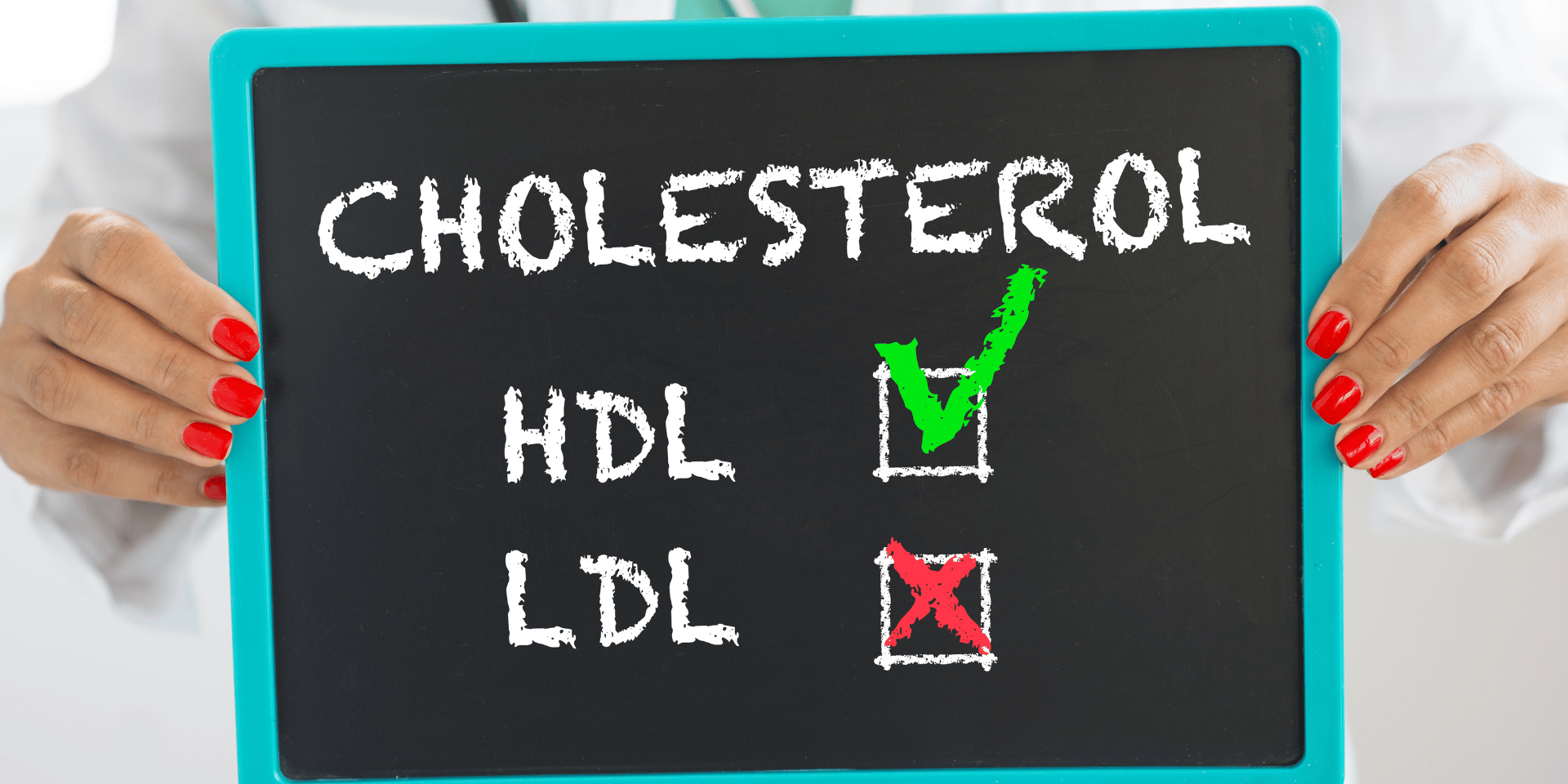
20 Apr How Good Cholesterol Different From Bad Cholesterol
Cholesterol is a waxy, fat-like substance that is found in all cells of the body. It is essential for the body’s functioning, but too much of it can be harmful. There are two types of cholesterol, commonly referred to as “good” and “bad” cholesterol. In this article, we will explore the differences between these two types of cholesterol.
Good cholesterol: HDL
High-density lipoprotein (HDL) is often referred to as the “good” cholesterol. This is because HDL carries cholesterol away from the arteries and back to the liver, where it can be broken down and eliminated from the body. HDL can help to prevent the buildup of plaque in the arteries, which can lead to heart disease.
HDL levels can be increased by making lifestyle changes such as exercising regularly, maintaining a healthy weight, and eating a diet rich in fruits, vegetables, and whole grains. Smoking, on the other hand, can lower HDL levels.
A healthy HDL level is considered to be 60 milligrams per deciliter (mg/dL) or higher. A level below 40 mg/dL is considered to be low, and is a risk factor for heart disease.
Bad cholesterol: LDL
Low-density lipoprotein (LDL) is often referred to as the “bad” cholesterol. This is because LDL can contribute to the buildup of plaque in the arteries, which can lead to heart disease. LDL is produced naturally by the body, but it can also be found in some foods, such as red meat and dairy products.
High levels of LDL can be caused by a number of factors, including genetics, diet, and lifestyle. Eating a diet high in saturated and trans fats, being overweight or obese, and not getting enough exercise can all contribute to high LDL levels.
A healthy LDL level is considered to be less than 100 mg/dL. A level between 130 and 159 mg/dL is considered to be borderline high, while a level of 160 mg/dL or higher is considered to be high.
How to improve cholesterol levels
- Improving cholesterol levels can help to reduce the risk of heart disease. Some ways to improve cholesterol levels include:
- Eating a healthy diet: A diet that is low in saturated and trans fats and high in fruits, vegetables, whole grains, and lean protein can help to improve cholesterol levels.
- Exercising regularly: Regular physical activity can help to increase HDL levels and decrease LDL levels.
- Losing weight: Losing even a small amount of weight can help to improve cholesterol levels.
- Quitting smoking: Smoking can lower HDL levels and increase the risk of heart disease.
- Taking medication: In some cases, medication may be necessary to improve cholesterol levels. Statins are a type of medication that can help to lower LDL levels.
In conclusion, HDL and LDL are two types of cholesterol that have different effects on the body. HDL is considered to be the “good” cholesterol because it carries cholesterol away from the arteries and back to the liver. LDL, on the other hand, is considered to be the “bad” cholesterol because it can contribute to the buildup of plaque in the arteries. Making lifestyle changes such as eating a healthy diet, exercising regularly, and quitting smoking can help to improve cholesterol levels and reduce the risk of heart disease.

No Comments